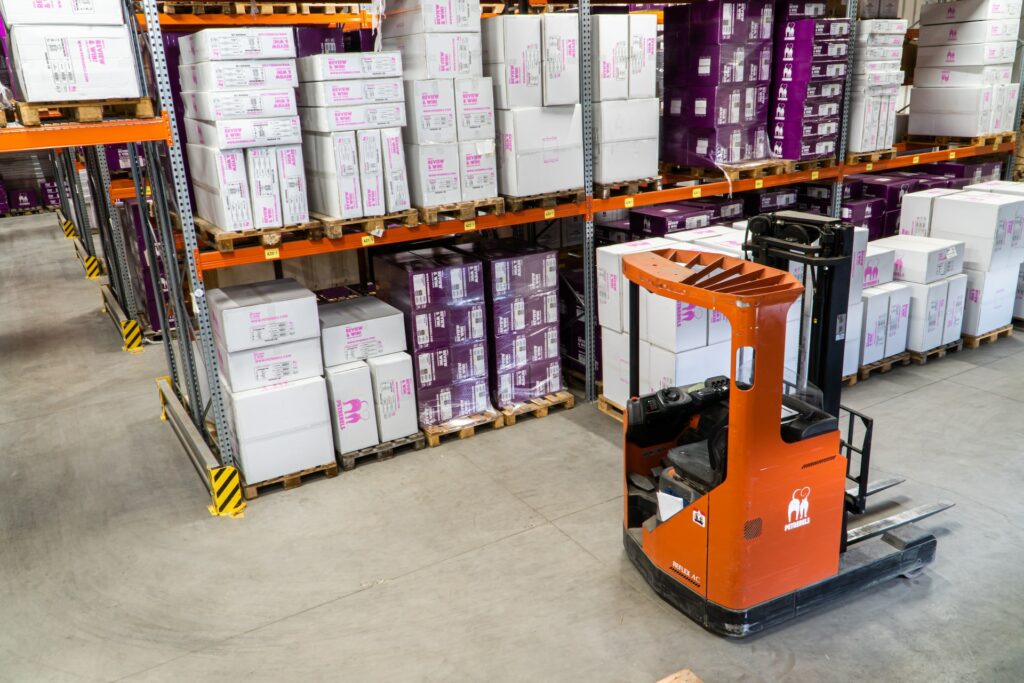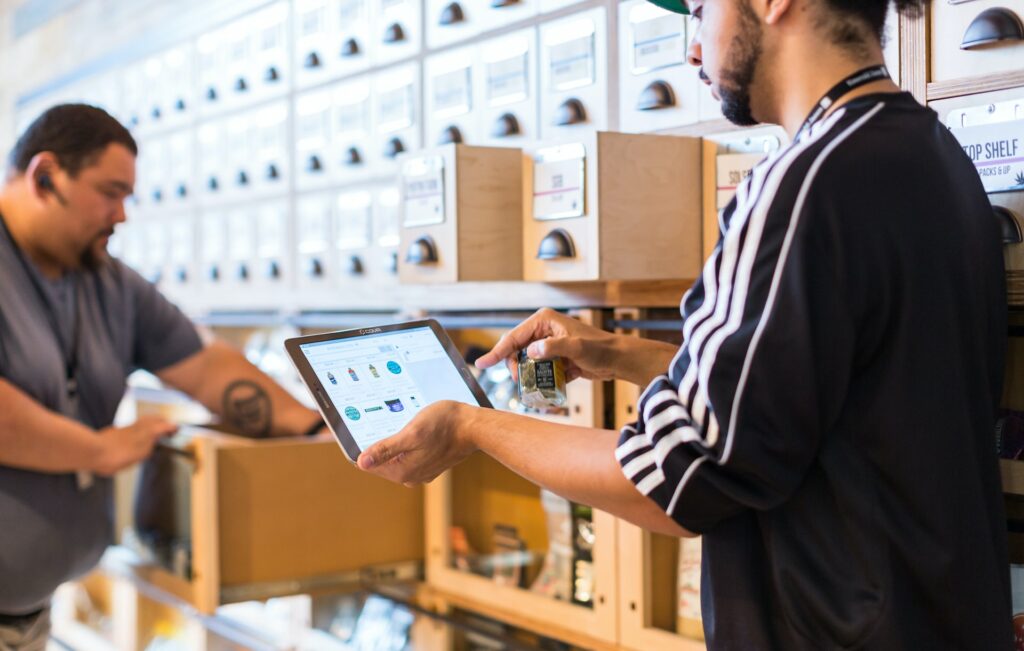There are many different functions of logistics that go into making sure a company can operate as efficiently as possible. So what are the four major functions of logistics?
Some of these functions include transportation, warehousing, and inventory management.
By understanding the major functions of logistics, companies can streamline their operations to improve their bottom line.
Order processing

Order processing is the process of receiving and filling customer orders for goods or services. It involves coordination between various departments within a company, as well as communication with customers and suppliers.
Order processing can be manual or automated. Automated order processing systems can provide significant advantages in terms of speed and accuracy, but they can also be more expensive to implement.
When an order is received, it must be reviewed to ensure that all of the necessary information is present and that the customer is authorized to purchase the requested items. Once an order has been reviewed and approved, it is typically entered into the company’s order management system. This system may generate a purchase order, which is then sent to a supplier.
The supplier ships the goods to the customer and the customer’s account is charged. The company may also need to coordinate with its warehouse or distribution center to ensure that the ordered goods are available and can be shipped promptly.
Warehousing
The warehousing of logistics is the process of storing goods and materials in a designated location, usually within a warehouse facility. This process is typically used to store goods and materials that are not currently in use, but may be needed in the future.
The warehousing of logistics can also be used to store goods and materials that are surplus or excess, and are not currently needed but may be needed in the future. The main purpose of warehousing is to provide a safe and secure location for goods and materials that are not in use but may be needed in the future.
Warehousing also allows businesses to save on space costs, as they can store goods and materials in a warehouse instead of taking up space in their facility.
Warehousing can also be used to protect goods and materials from damage, theft, or other risks. There are many different types of warehouses, and each type has its advantages and disadvantages.
The most common type of warehouse is the public warehouse, which is owned by a government entity or a private company. Public warehouses are typically used to store goods and materials that are not currently in use but may be needed in the future.
Private warehouses are owned by individuals or companies and are used to store goods and materials for their use. There are also specialized warehouses, such as refrigerated warehouses, which are used to store perishable goods.
Inventory management
In the era of global economic integration, the inventory management of logistics has become an indispensable part of enterprise operation and management. The cost of inventory takes up a certain proportion of the cost of logistics enterprises. In addition, it also affects the company’s production and sales planning, financial budgeting and other aspects.
The inventory management of logistics is the process of planning, controlling and executing the movement and storage of goods to meet customer demand and achieve corporate objectives. In short, it is to use a set of scientific methods to make the enterprise’s inventory as low as possible under the premise of not affecting sales and production.
Inventory management can be divided into two types: one is static inventory management, which mainly deals with the determination of safe inventory level; the other is dynamic inventory management, which mainly deals with how to replenish inventory according to demand changes.
The former relies mainly on statistical methods, while the latter emphasizes more on mathematical modeling.
Logistical packaging
Logistical packaging is a term used to describe how goods are packaged for transport. It is important to consider logistical packaging when planning the transportation of goods, as it can impact the safety and security of the goods during transit.
There are various factors to consider when deciding on the best type of packaging for your goods, such as the type of product being transported, the mode of transport being used, and the destination of the goods. There are many different types of packaging materials and methods available, so it is important to choose the option that best suits your needs.
Some common types of packaging include cardboard boxes, wooden crates, and plastic containers. Each type of packaging has its advantages and disadvantages, so it is important to select the option that will best protect your goods during transit.
Once you have decided on the type of packaging you need, you must then determine the size and weight of the goods being transported. This information is necessary to choose the right type of vehicle for transport.
Transport
The transport of logistics is the process of moving goods from one location to another. This can be done via different modes of transportation, such as by land, sea or air.
Logistics transport is a critical part of the supply chain, as it ensures that goods can be moved between different parts of the world in a timely and efficient manner.
There are many factors to consider when planning the transport of logistics, such as the type of goods being transported, the distance that needs to be covered, and the time frame in which the goods need to be delivered.
The most important factor, however, is ensuring that the goods arrive at their destination safely and on time. To achieve this, logistics transport must be planned and executed carefully. There are several different types of logistics transport, each with its advantages and disadvantages.
The most common type of transport is by land, which is typically the cheapest option. However, it can be slower than other modes of transport, such as air or sea. Air transport is generally the fastest option, but it is also the most expensive. Sea transport is usually the cheapest option, but it can take longer to reach its destination.
Monitoring
The monitoring of logistics is the process of keeping track of the movement of goods and materials throughout the supply chain. It involves the coordination and tracking of resources, including people, equipment, and information.
The purpose of monitoring logistics is to ensure that goods and materials are delivered in a timely and efficient manner. There are various methods used to monitor logistics, such as GPS tracking, barcoding, and RFID tags. GPS tracking is a technique that uses global positioning satellites to track the location of objects or people.
Barcoding is a system that uses optical machine-readable labels to store information about an object. RFID tags are small devices that use radio waves to transmit information about an object wirelessly.
Monitoring logistics is a critical component of supply chain management. It helps to ensure that goods and materials are delivered in a timely and efficient manner. It also helps to improve the coordination of resources throughout the supply chain.
Conclusion
Logistics has come to be known as the process that organizes and manages the efficient, effective flow and storage of goods, services, and related information from point of origin to point of consumption.
In order to achieve this goal, logistics must take into account various factors such as transportation management, inventory management, material handling, packaging, order processing, and customer service.
It’s a complex system with many moving parts that can seem daunting for businesses just starting out or those who have been in business for years but are looking for ways to optimize their processes.















